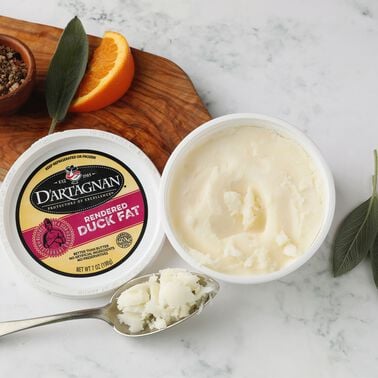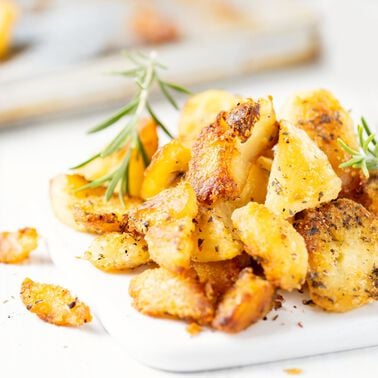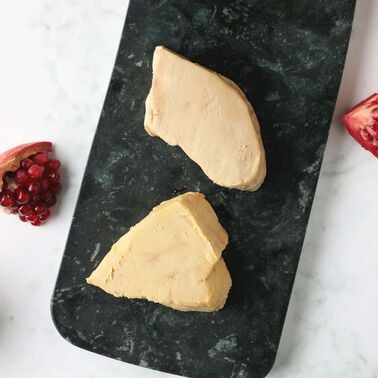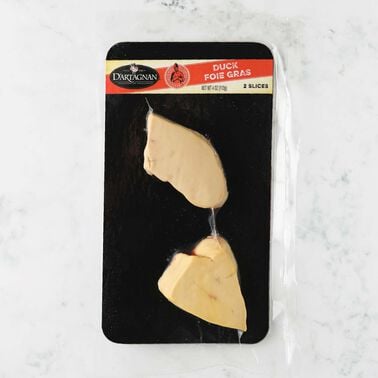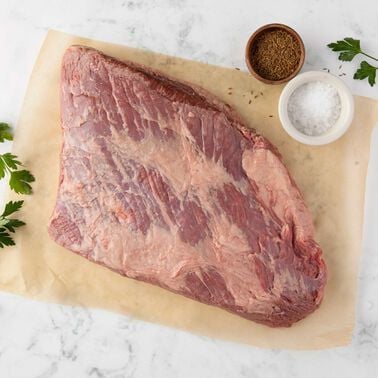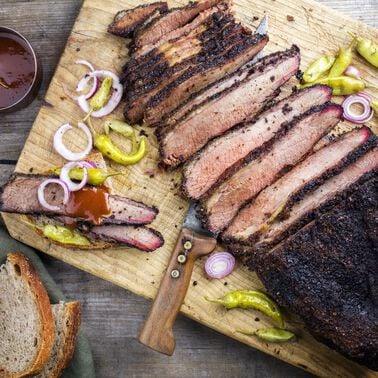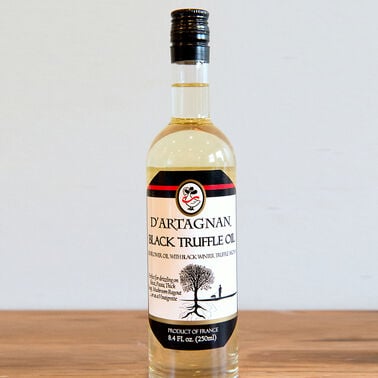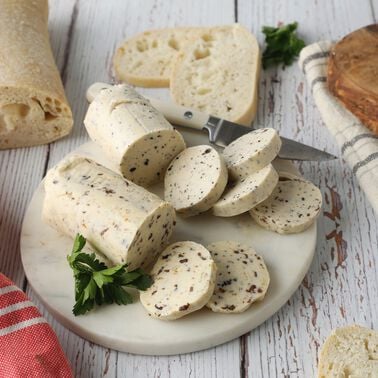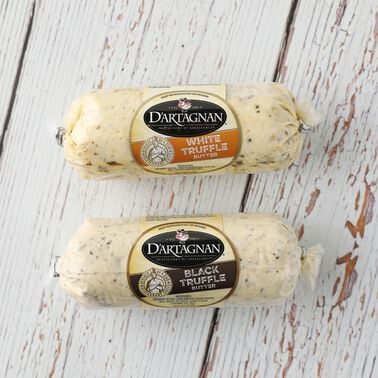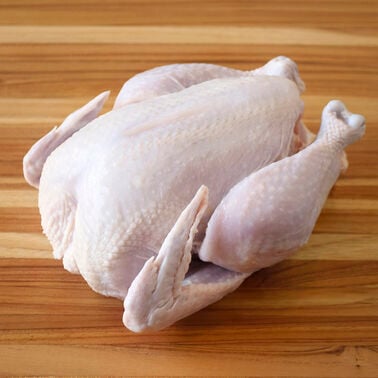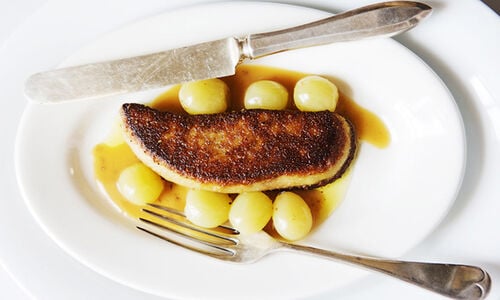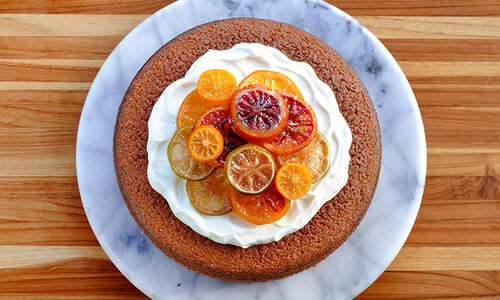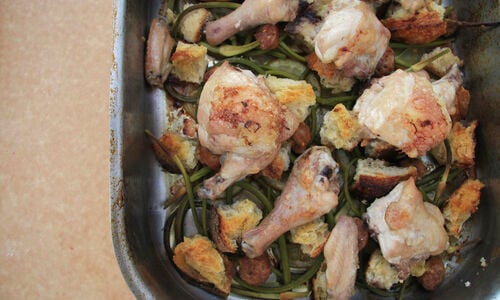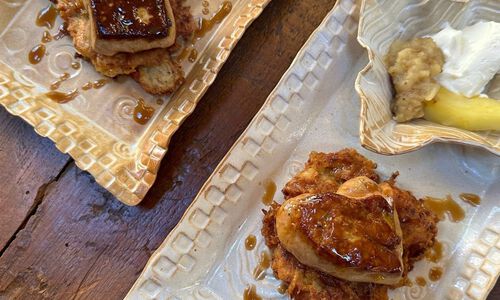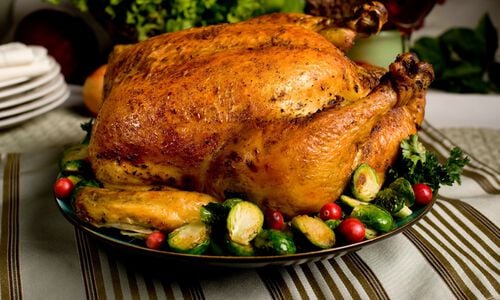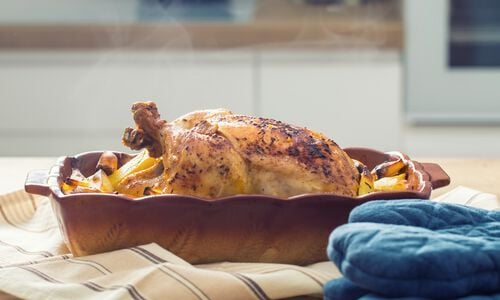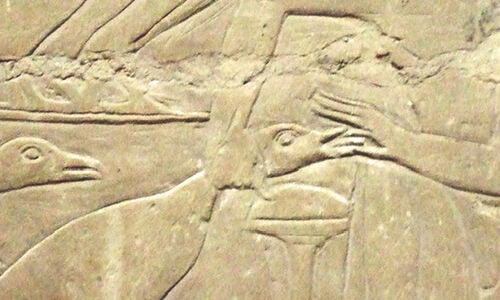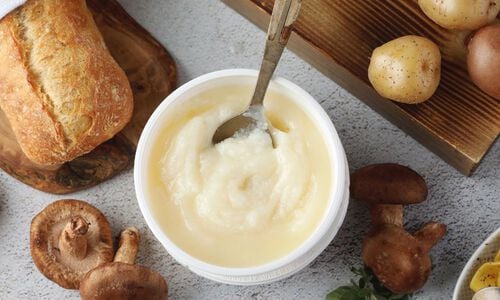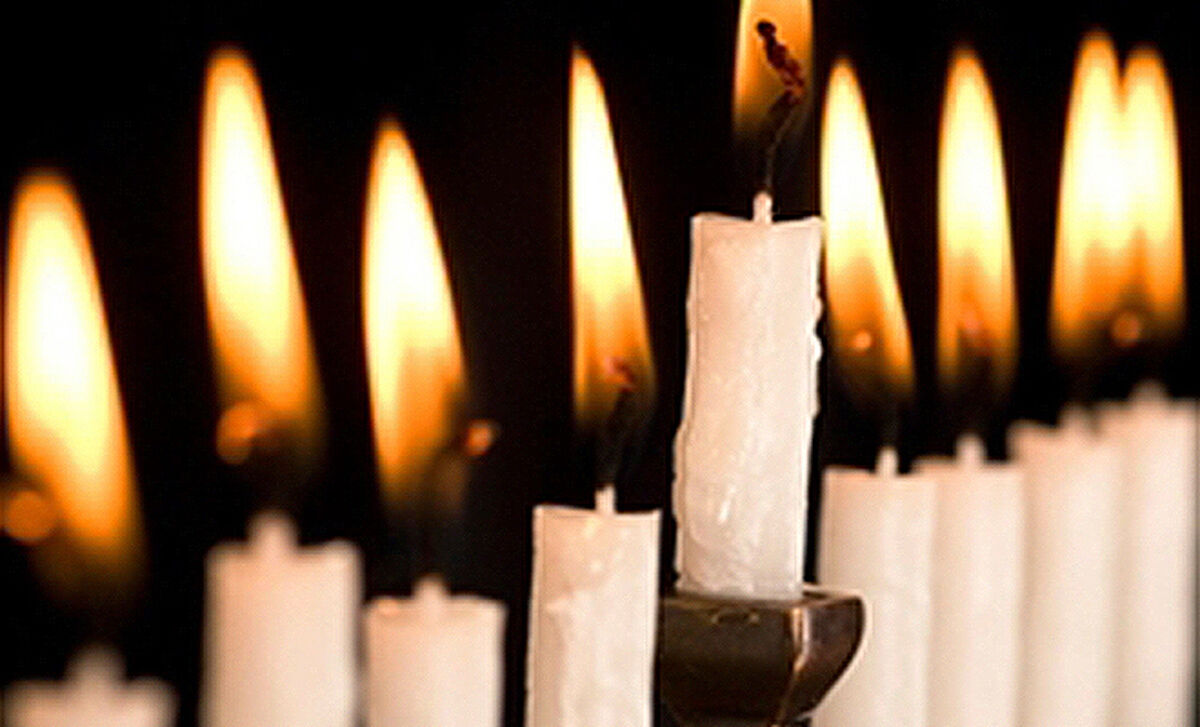
Huh-nukkah?
Hanukkah, or Chanukah, is a Jewish holiday celebrated between November and late December. Because the Jewish calendar is lunar based, the first night of Hanukkah can fall on a different date each year.
Hanukkah, which lasts eight days, is also called the Festival of Lights. It commemorates the rededication of the Second Temple in Jerusalem in the 2nd century BC, which took place after Greek-Syrian soldiers conquered it in the name of Zeus. Jewish rebels fought to gain control of their temple and the holiday marks their triumph over the invaders. In the temple, there stood a large candelabra, called a menorah, with eight branches and eight lights (plus one sentinel light that is used to light the others) that burned day and night. In those days, lights meant oil lamps, and this sacred menorah burned only the purest olive oil. When the dust had settled and the Jewish people wanted to light the menorah again, there was only enough consecrated oil to last one day. Runners were dispatched to get more olive oil, but it was an eight-day round trip journey.
A great miracle happened then! The small supply of oil burned for eight full days. Ever since the Jewish people have celebrated that miracle by lighting menorahs in their homes (the front window is the preferred place of honor) for eight days. On the first night of the holiday, one candle is lit, and each night another candle is added, until on the final night, each branch is burning with light.
Traditional Hanukkah Foods
Like every holiday, Hanukkah has its own traditional foods and activities. During the eight nights of Hanukkah, children are given chocolate coins and little sweets, and gifts are exchanged each night after the menorah is lit. A game centered on a spinning top, called a dreidel, is a traditional way to pass the time. But it’s the food that we care about.
When talking about Jewish traditional food, one has to be aware that the Jewish people have lived all over the world, and adopted the foods of many lands. What in America is considered Jewish food usually comes from the Ashkenazi tradition, that is, the Jews who came from Eastern Europe. This is where bagels, borscht, brisket, smoked fish, stuffed cabbage and potato latkes originated.
The Jews who settled in Spain, Portugal, and Arab lands are called Sephardic, and their cuisine includes elements from these cultures. Thus, they end up eating a more spicy diet, using cumin, turmeric, cardamom, cilantro, fresh mint, saffron, and cinnamon, and rice takes the place of potatoes as the staple starch. You could say Sephardic food is the original Mediterranean fusion cuisine. The kosher laws also impact what Jews eat. There is no pork or shellfish allowed, and Jews will not mix meat and dairy in the same meal, so if a chicken is on the table, you won’t find butter or cheese.
The Holiday Meal(s)
The nice part about Hanukkah is that it lasts eight days, so there are plenty of opportunities to eat family meals. Foods fried in oil are traditional and are eaten to commemorate the miracle of the oil. Perhaps the most famous fried item is the potato latke, aka, the potato pancake. We like to think of them as Hanukkah crepes because they can be dressed up with sweet or savory toppings. We love them smothered with traditional apple sauce or topped with apples and foie gras. And sour cream and chopped chives are a nice foil to the hot, oily latkes. Zucchini can be grated with the potatoes, or leeks can be shredded and folded into the potato pancake mix for a savory touch and hint of green. The oil we have found that makes the best latkes is duck fat, of course. In Eastern Europe, it was common for Jewish families to raise ducks, geese, and chickens, fattening them up to provide the very best cooking oil…which they called schmaltz. Incidentally, this fattening of ducks and geese also produced another of our favorite things: foie gras.
A perfect Hanukkah meal might start with matzoh ball soup, have a traditional brisket at the center and a stack of potato latkes on the side. If brisket is not your thing, a simple roasted chicken would serve very nicely, too. You can finish the meal with luxurious and savory duck fat doughnuts (perhaps stuffed with foie gras!?). Jelly filled doughnuts called sufganiyot are often eaten during Hanukkah, and nothing says “holiday” like a little foie gras.
And speaking of liver, who can resist a food culture that eats so much chopped liver? Try our mousse truffée as an upscale version of that venerated dish, and pay homage to the Jewish role in bringing foie gras from its birthplace in Egypt to the European continent.
